Biden is not going to get his $1.9 trillion stimulus plan. And that's okay.
The economy just doesn't need it

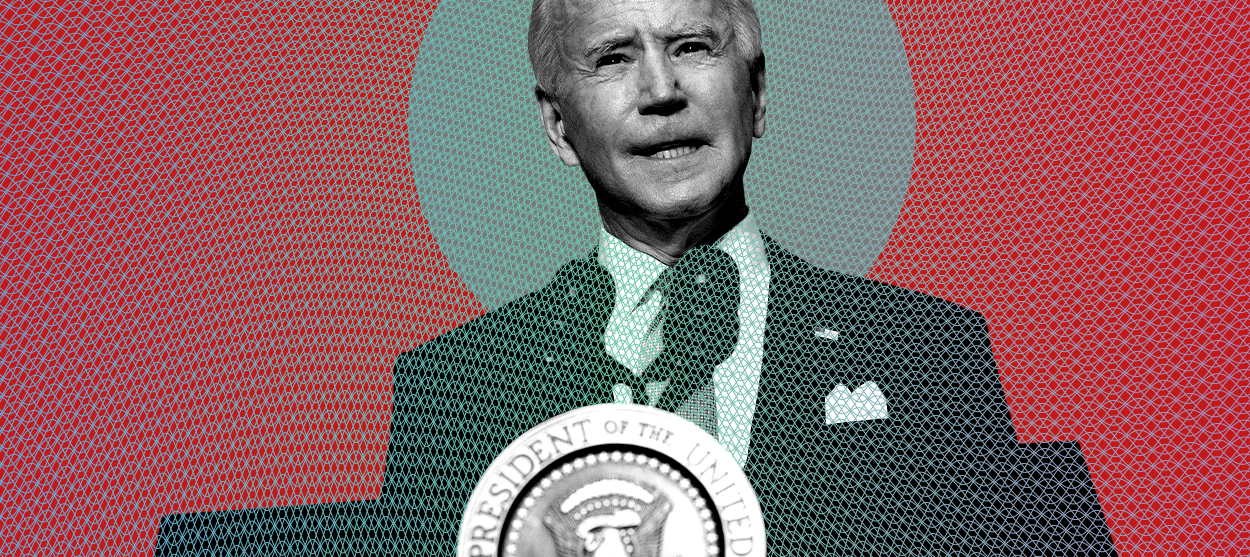
It's hard to imagine Team Biden ever thought the GOP would swallow whole another $2 trillion in spending just a month or so after Congress passed a nearly $1 trillion relief bill. And it's not just the total amount of spending. Even Republicans who think, for example, that state and local governments need more financial assistance — and they do — doubt the need for $350 billion of additional help. Same goes for the $3,000 child tax credit. Just too, too much in such an already big proposal. In reality, the humongous Biden plan seems built for potential compromise. Cut a bit here, trim a bit there, and give Republicans some of their asks.
Now it seems, however, that to get a big chunk of that nearly $2 trillion relief plan passed will mean going around the GOP. Biden and his congressional allies likely will have to employ the budget reconciliation process. That probably means a smaller bill and one that excludes non-fiscal items like raising the federal minimum wage to $15 an hour.
While no doubt frustrating for many Democrats, it's really for the best. For starters, the U.S. economy simply doesn't need a $1.9 trillion tsunami of new spending, at least not to boost economic growth in the short-term by increasing demand. While many Americans may be under the impression that the U.S. has been doing its fiscal response on the cheap, that's not the case. As it stands now, only Japan has spent a greater share of its economy in fighting the virus and its economic impact. Tack on an additional nearly $2 trillion and no other rich country is even close. If the point of the spending is to "fill the hole" of lost GDP growth, we've already done the job of filling most of it.
The Week
Escape your echo chamber. Get the facts behind the news, plus analysis from multiple perspectives.

Sign up for The Week's Free Newsletters
From our morning news briefing to a weekly Good News Newsletter, get the best of The Week delivered directly to your inbox.
From our morning news briefing to a weekly Good News Newsletter, get the best of The Week delivered directly to your inbox.
Nor is the Biden plan needed to avoid slipping back into a recession. The risk was almost certainly taken off the table when Congress passed that $900 billion relief bill in late December. The consensus Wall Street forecast is for at least 4 percent GDP growth, inflation-adjusted, this year and 3 percent next. And it's not hard to find forecasters looking for even faster growth, perhaps the best two-year stretch of economic growth since the mid-1980s. (All this assumes not screwing up the vaccine rollout.) This is an economy that looks ready to roll even without an additional $2 trillion of juice, which Wall Street isn't expecting. A relief plan at half the levels Biden is pushing for would be just fine from their perspective, which is the current expectation.
But who cares what Wall Street and its investors think? Well, apparently many Democrats. They keep pointing to the quiescent bond market and low interest rates as evidence that Washington can rack up trillions in additional debt with no downside. And now that Trump is out of office, a rising stock market is seen as proof that Bidenonomics will keep the economy on the mend. But they should consider that investors aren't assuming Full Bidenomics to happen. And that's not just for the stimulus. The big banks are also skeptical that taxes will be raised to the levels proposed during Biden's presidential campaign, nor his other spending proposals funded at levels suggested in his campaign agenda.
We need to keep two things in our head at the same time. First, now isn't the time to freak out about budget deficits and start a push for rapid austerity. Yet deficits and debt are still important policy constraints outside the cartoon world of econ Twitter. While we may not know how much debt is too much, we should not proceed — with federal debt levels already historically high — as if such a limit does not exist for all practical purposes. Policymakers would be wise to assume Econ 101 is still in effect: Over the long run, bigger deficits reduce national saving and thus the funds available for productive private investment. And while interest rates are low, it's also risky to assume they would stay low even in the face of rising inflation from, say, injecting massive fiscal stimulus into an economy already booming.
Nor should Democrats fret about not getting that $15 minimum wage anytime soon. It's not a free lunch, either. An analysis from my AEI colleague Michael Strain notes that in 47 states, at least a quarter of all workers earn less than $15 an hour. It shouldn't be hard to imagine how a sharp boost in the minimum wage might hurt low-wage workers with little experience and few skills. Even high-wage cities can see negative employment impacts from a high minimum wage, such as reduced hours or even job loss, on low-wage workers with less experience.
A free daily email with the biggest news stories of the day – and the best features from TheWeek.com
Accept the good news, America. We're not a failed state. We did a pretty good job, economically at least, fighting the pandemic. The economy is ready to accelerate. We don't need a ton more stimulus. We don't need to cut fat checks to middle-class households that didn't lose a job. Let's get this country jabbed with vaccine and then turn to tackling longer-term challenges.
James Pethokoukis is the DeWitt Wallace Fellow at the American Enterprise Institute where he runs the AEIdeas blog. He has also written for The New York Times, National Review, Commentary, The Weekly Standard, and other places.
-
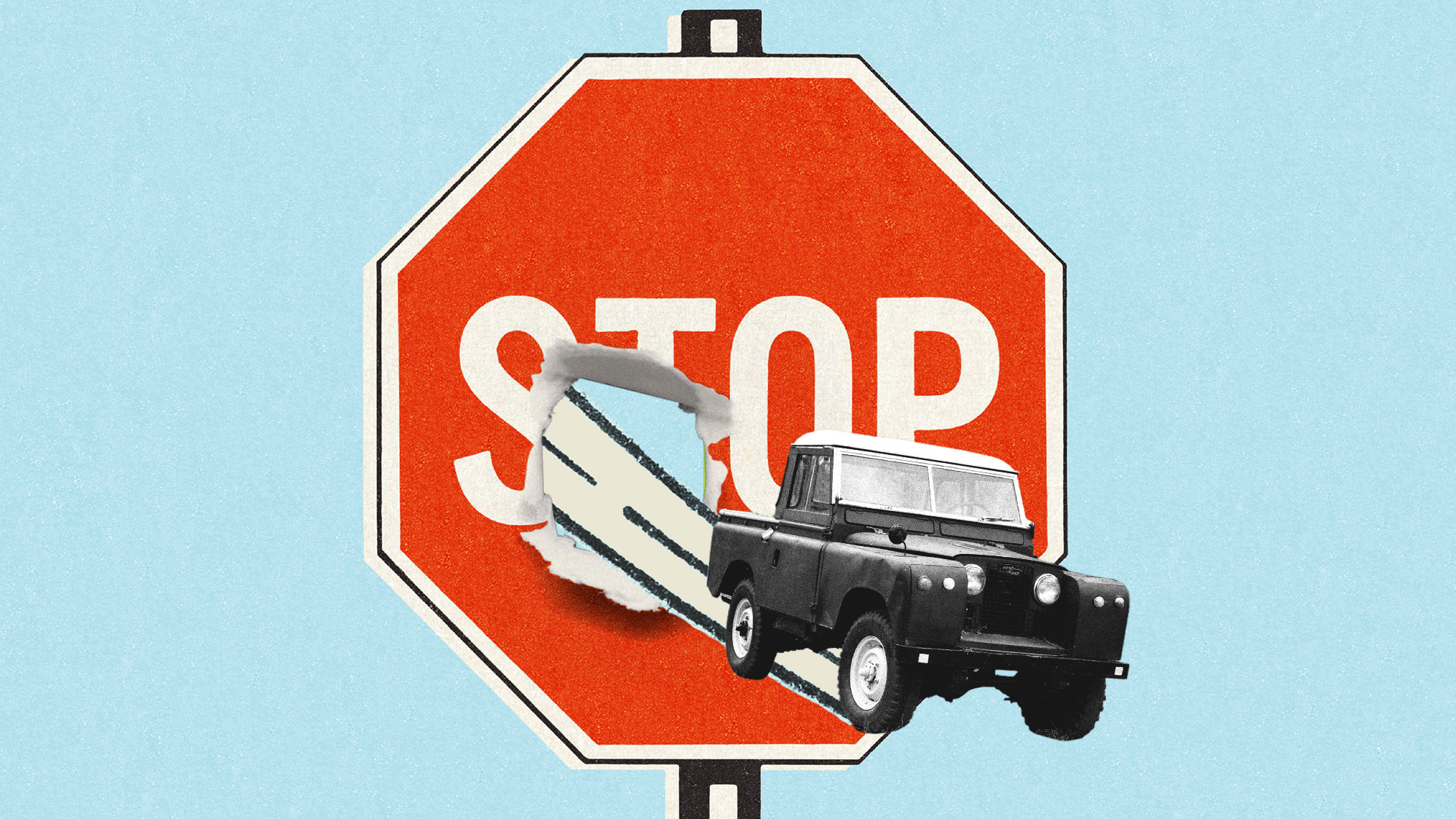 Zimbabwe’s driving crisis
Zimbabwe’s driving crisisUnder the Radar Southern African nation is experiencing a ‘public health disaster’ with one of the highest road fatality rates in the world
-
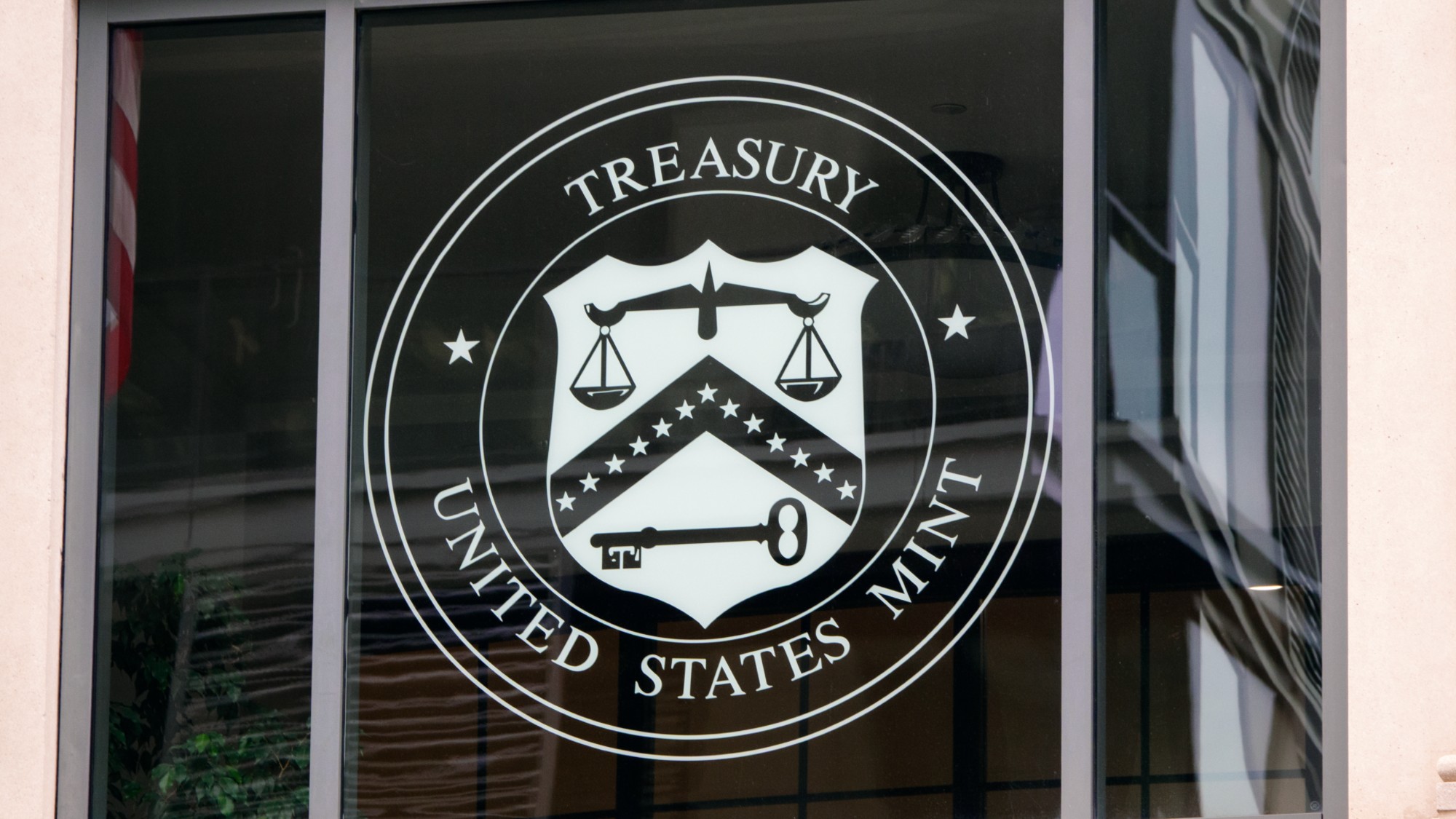 The Mint’s 250th anniversary coins face a whitewashing controversy
The Mint’s 250th anniversary coins face a whitewashing controversyThe Explainer The designs omitted several notable moments for civil rights and women’s rights
-
 ‘If regulators nix the rail merger, supply chain inefficiency will persist’
‘If regulators nix the rail merger, supply chain inefficiency will persist’Instant Opinion Opinion, comment and editorials of the day
-
 Bari Weiss’ ‘60 Minutes’ scandal is about more than one report
Bari Weiss’ ‘60 Minutes’ scandal is about more than one reportIN THE SPOTLIGHT By blocking an approved segment on a controversial prison holding US deportees in El Salvador, the editor-in-chief of CBS News has become the main story
-
 Has Zohran Mamdani shown the Democrats how to win again?
Has Zohran Mamdani shown the Democrats how to win again?Today’s Big Question New York City mayoral election touted as victory for left-wing populists but moderate centrist wins elsewhere present more complex path for Democratic Party
-
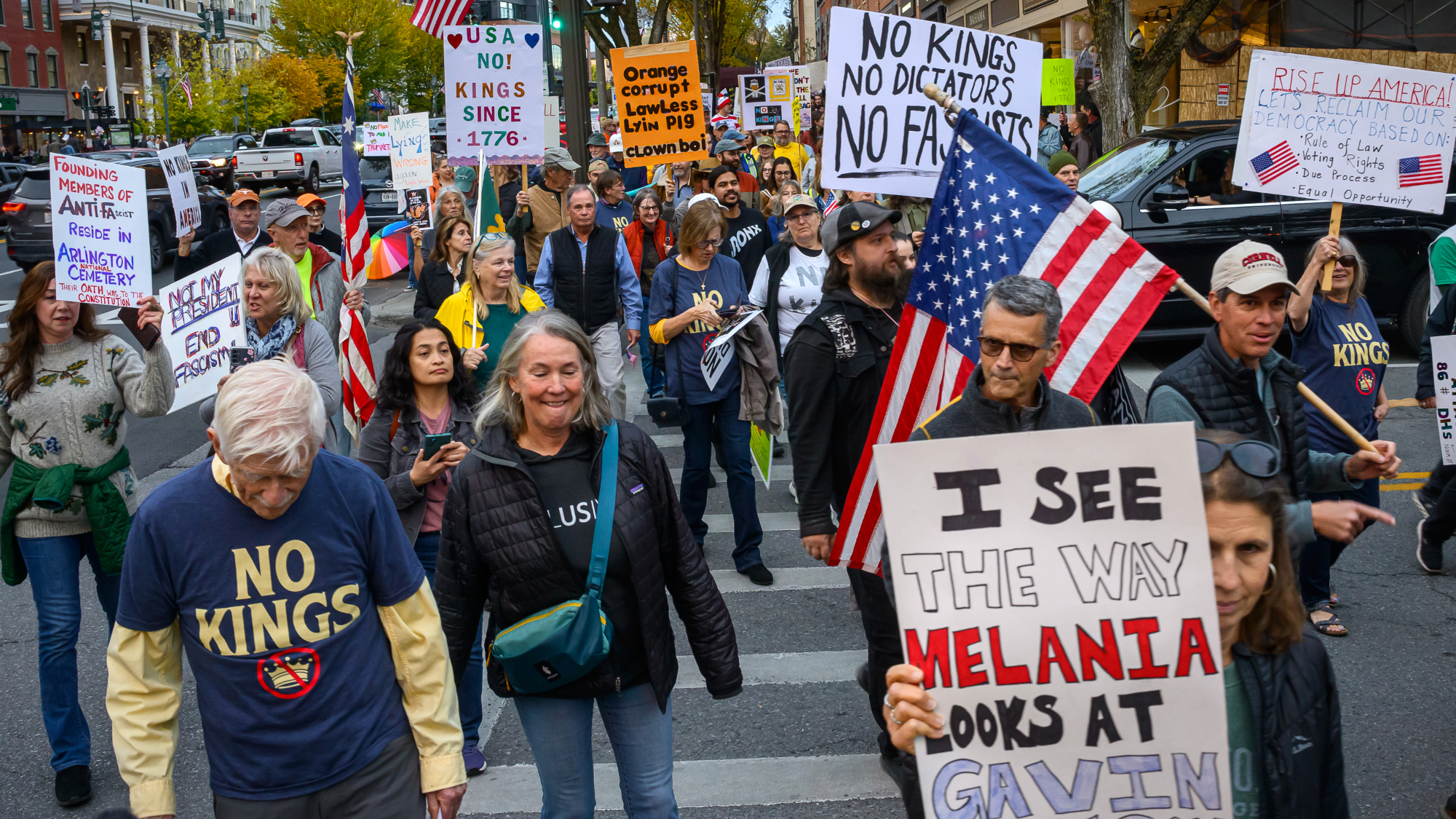 Millions turn out for anti-Trump ‘No Kings’ rallies
Millions turn out for anti-Trump ‘No Kings’ ralliesSpeed Read An estimated 7 million people participated, 2 million more than at the first ‘No Kings’ protest in June
-
 Ghislaine Maxwell: angling for a Trump pardon
Ghislaine Maxwell: angling for a Trump pardonTalking Point Convicted sex trafficker's testimony could shed new light on president's links to Jeffrey Epstein
-
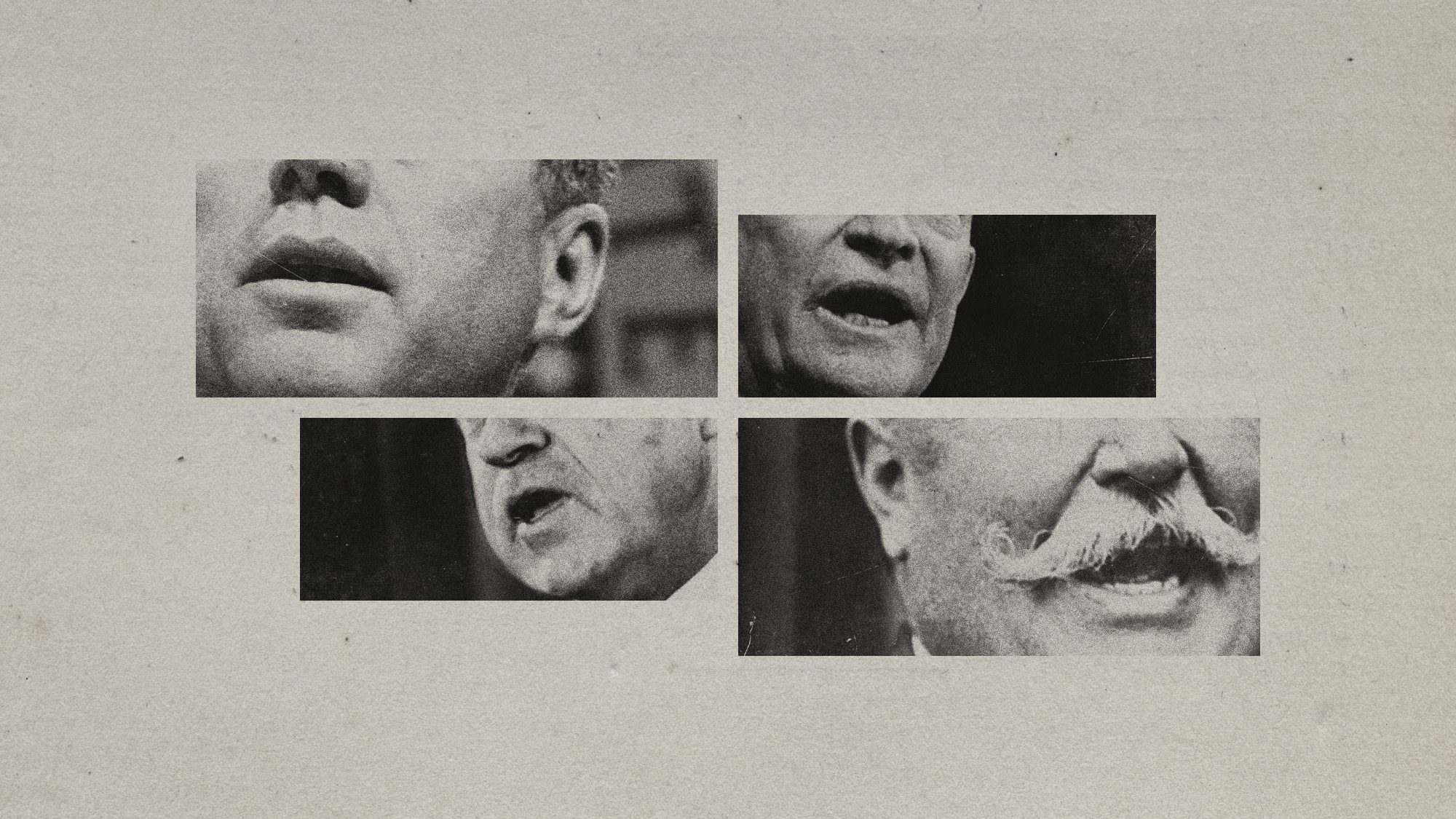 The last words and final moments of 40 presidents
The last words and final moments of 40 presidentsThe Explainer Some are eloquent quotes worthy of the holders of the highest office in the nation, and others... aren't
-
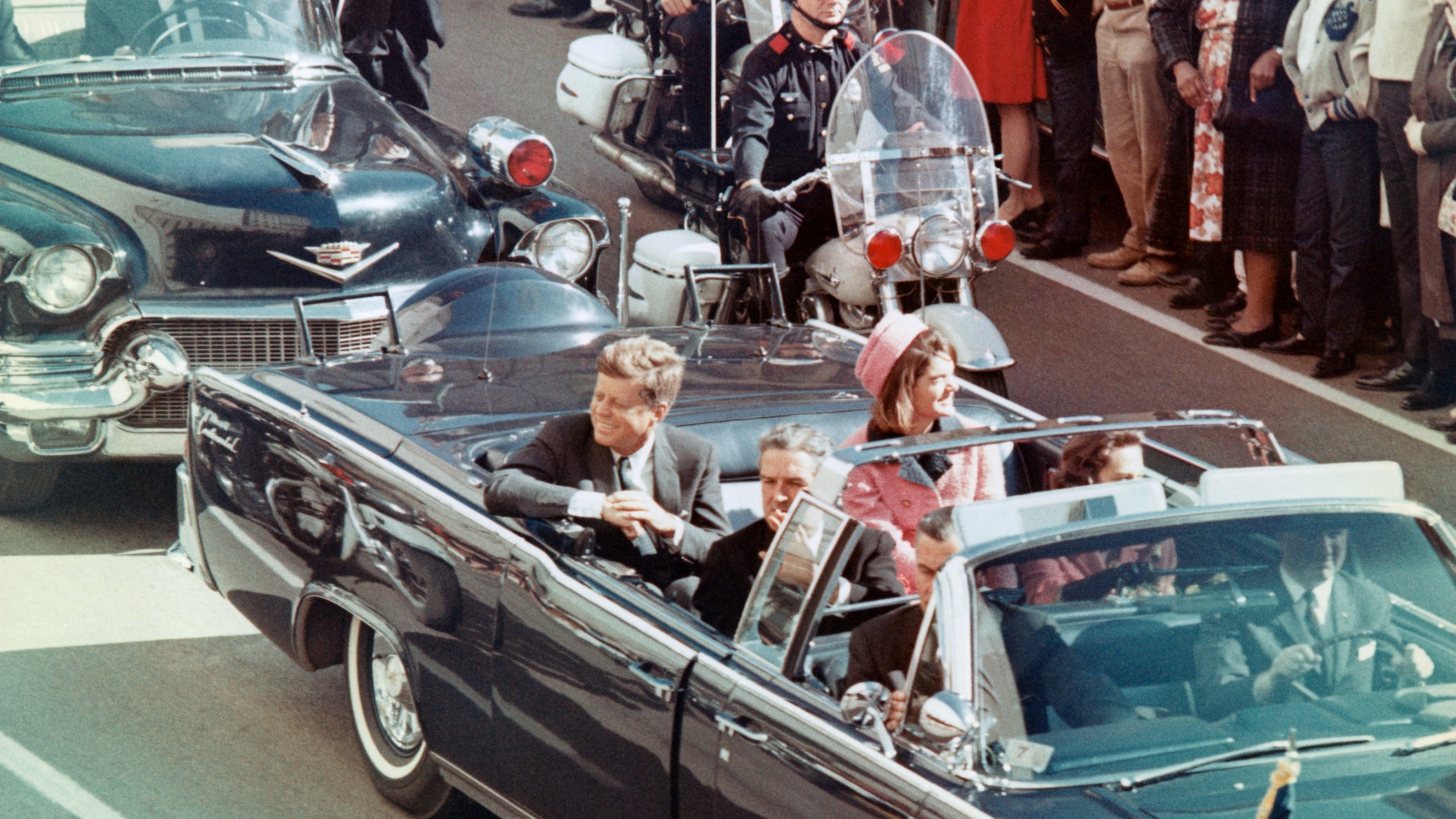 The JFK files: the truth at last?
The JFK files: the truth at last?In The Spotlight More than 64,000 previously classified documents relating the 1963 assassination of John F. Kennedy have been released by the Trump administration
-
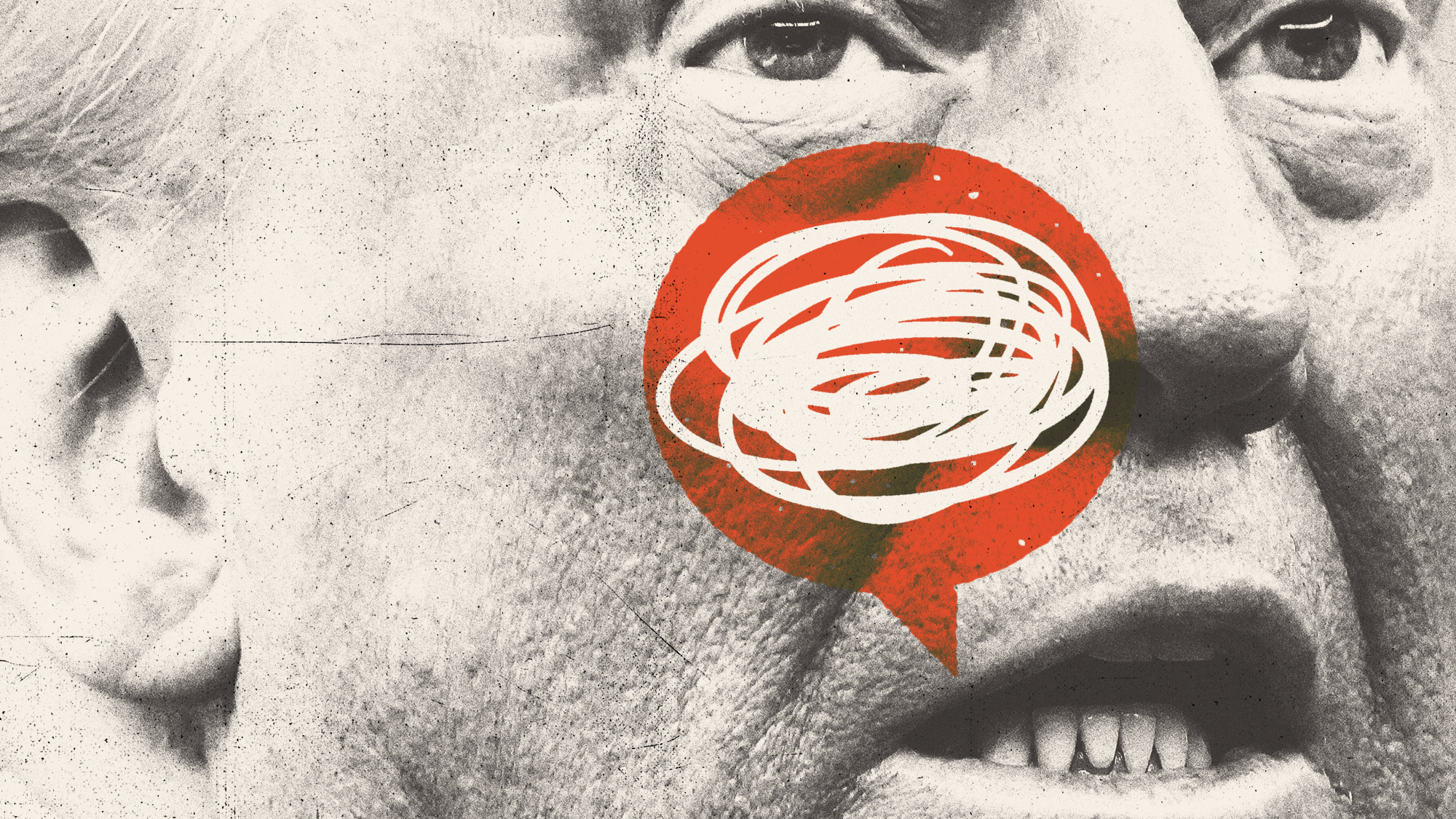 'Seriously, not literally': how should the world take Donald Trump?
'Seriously, not literally': how should the world take Donald Trump?Today's big question White House rhetoric and reality look likely to become increasingly blurred
-
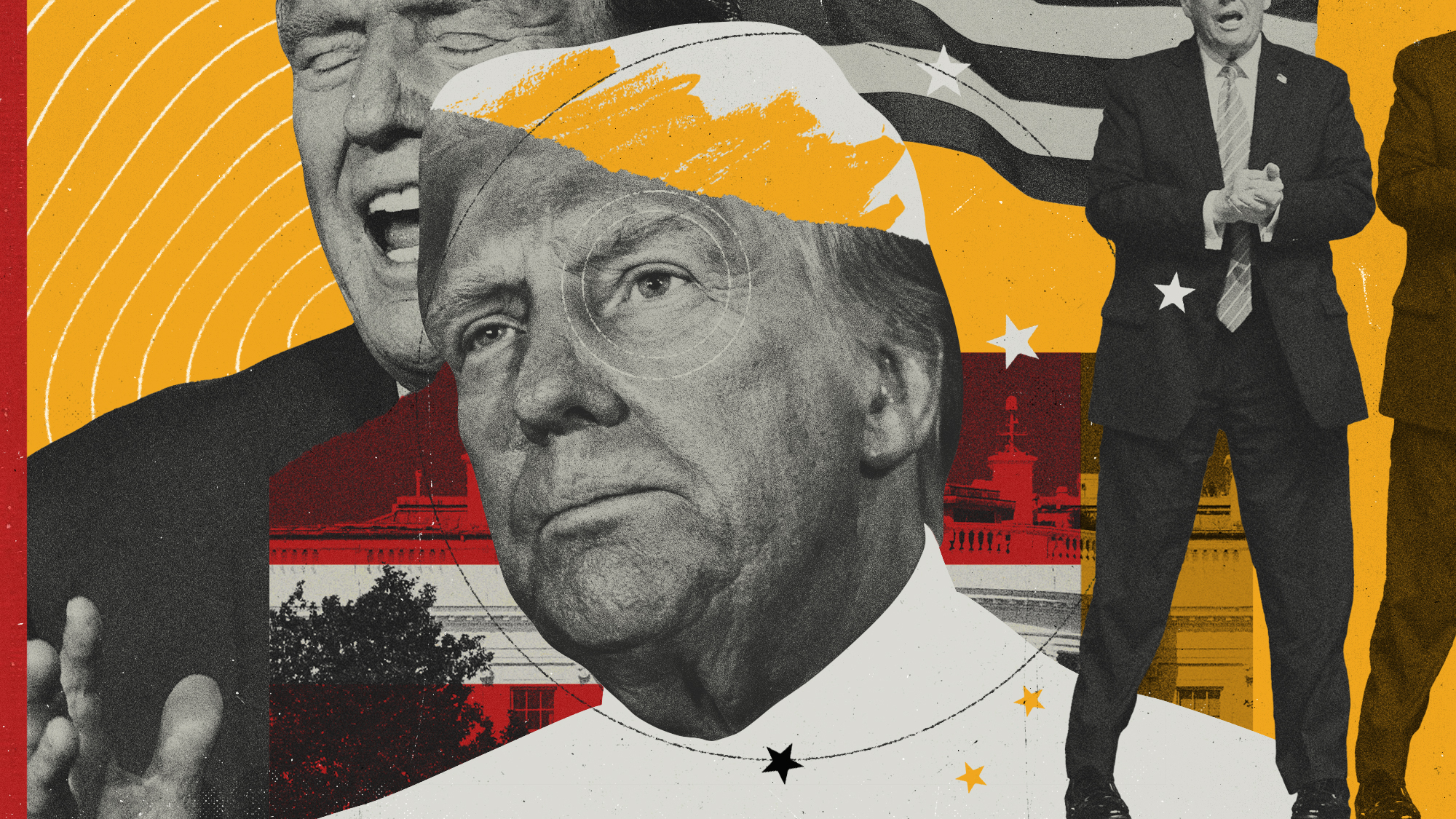 Will Trump's 'madman' strategy pay off?
Will Trump's 'madman' strategy pay off?Today's Big Question Incoming US president likes to seem unpredictable but, this time round, world leaders could be wise to his playbook
